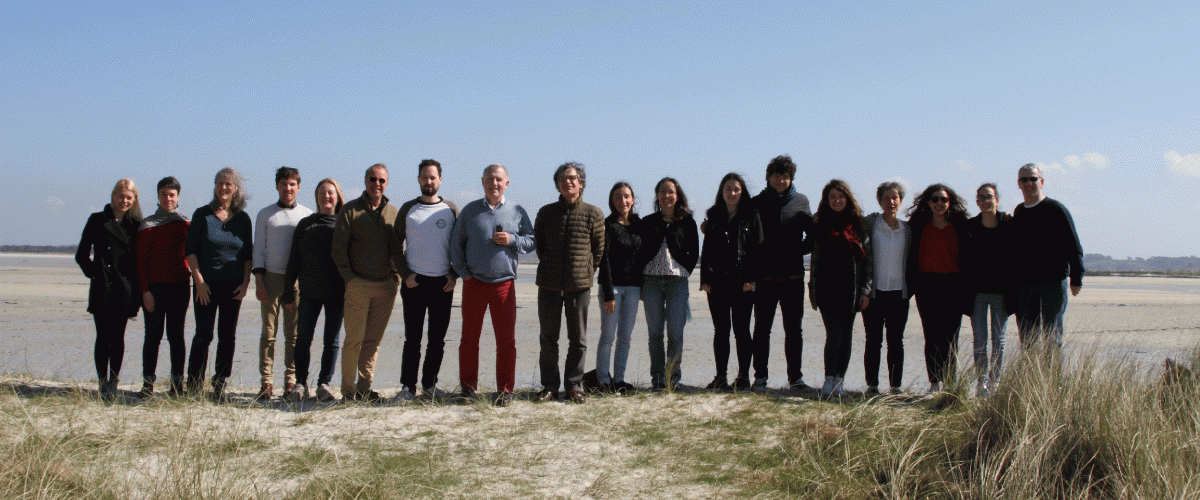Presentation
The cells of marine macroalgae possess an extracellular matrix that is very dynamic, complex, and rich in polysaccharides. The composition of these extracellular polysaccharides is original and does not encounter any equivalent in land plants.
Key words : complexity of carbohyrates, CAZymes, polysaccharide metabolism, composition of polysaccharides
The extracellular matrix polysaccharides of macroalgae, in general, are anionic and very often sulfated. Nevertheless, their fine structure, the nature of minor cell wall components as well as their global molecular arrangements and interconnections remain largely unknown. Albeit the key roles that these polysaccharides play in numerous physiological processes within these marine organisms, their biosynthetic pathway and functional bases are still underexplored.
On the other hand, the extracellular biomass of these macroalgae represents an important carbon source for the associated microflora. Indeed, heterotrophic marine bacteria have developped specialized pathways for the degradation and assimilation of algal polysaccharides. Nevertheless, here again the molecular bases governing bacterial-algal interactions remain poorly explored.
It is worthwhile to mention, that the major macroalgal polysaccharides also constitute an important source for gelling agents and/or high value added products for industry (i.e. alginates and fucanes from brown algae, agars et carrageenansfrom red algae). Again, the structure-composition-function relationship is not in all cases elucidated.
To provide some answers to all these open questions, our research is principally articulated around the following two axes :
Axis 1. Biology and biosynthesis of extra cellular matrix polysaccharides of marine macroalgae
Axis 2. Integrative biology of marine bacteria associated to macroalgae and marine polysaccharide degradation

















